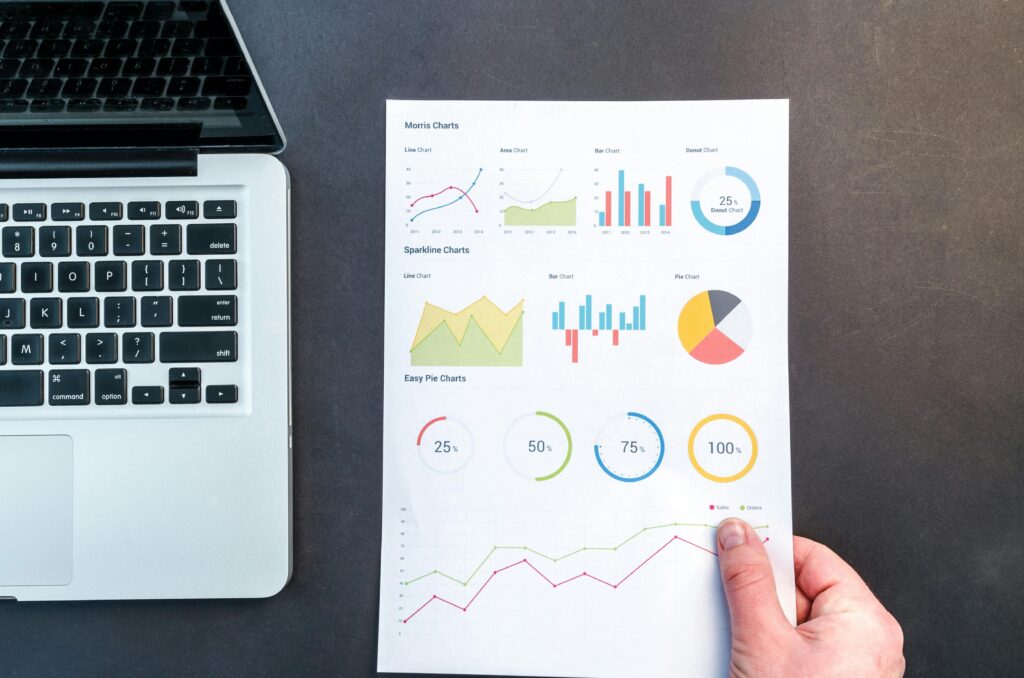Unlocking the Power of Analytics: Decoding Data for Smarter Decisions
In today’s digital age, where data flows ceaselessly from every interaction and transaction, the ability to harness and analyze this data has become a crucial competitive advantage for businesses and organizations across industries. This transformational capability is encapsulated in the field of analytics, which goes beyond mere number-crunching to reveal insights, patterns, and trends that drive informed decision-making and strategic planning.
Understanding Analytics: From Data to Decisions

Analytics is the systematic computational analysis of data or statistics. It involves the discovery, interpretation, and communication of meaningful patterns within data to support decision-making. At its core, analytics transforms raw data into actionable insights, offering businesses the ability to understand customer behaviors, optimize operations, and predict future outcomes.
Types of Analytics:
- Descriptive Analytics: This form focuses on what has happened, using historical data to provide context and understanding of past events. It lays the foundation by summarizing data and identifying trends, helping organizations gain insights into their performance and customer interactions.
- Diagnostic Analytics: Building on descriptive analytics, this type seeks to determine why certain events occurred. By drilling deeper into data sets, diagnostic analytics uncovers root causes and correlations, aiding in troubleshooting and problem-solving.
- Predictive Analytics: Anticipating future outcomes is the hallmark of predictive analytics. By applying statistical models and machine learning algorithms to historical data, organizations can forecast trends and behaviors, enabling proactive decision-making and risk management.
- Prescriptive Analytics: Going beyond prediction, prescriptive analytics suggests actions to optimize outcomes based on predictive insights. It provides decision-makers with recommendations and simulations, empowering them to make informed choices that maximize efficiency and effectiveness.
The Role of Analytics in Business Strategy
In today’s competitive landscape, businesses that effectively leverage analytics gain significant advantages. Here’s how analytics influences key aspects of business strategy:
1. Customer Insights and Personalization:
Understanding customer preferences and behaviors through analytics allows businesses to tailor products, services, and marketing efforts. By analyzing purchase histories, browsing patterns, and social media interactions, organizations can create personalized experiences that enhance customer satisfaction and loyalty.
2. Operational Efficiency:
Analytics optimizes operational processes by identifying inefficiencies, streamlining workflows, and allocating resources more effectively. From supply chain management to workforce scheduling, data-driven insights enable organizations to reduce costs and improve productivity.
3. Risk Management and Fraud Detection:

Predictive analytics plays a critical role in identifying potential risks and detecting fraudulent activities. By analyzing transactional data and user behaviors in real-time, businesses can mitigate risks, protect assets, and ensure compliance with regulatory standards.
4. Strategic Decision-Making:
Analytics empowers executives and decision-makers with evidence-based insights. Whether expanding into new markets, launching products, or allocating investments, data-driven decision-making minimizes uncertainties and enhances strategic outcomes.
Challenges and Future Trends
While the benefits of analytics are profound, organizations face several challenges in harnessing its full potential. These include data privacy concerns, integration complexities across systems, and the need for skilled data professionals. Looking ahead, emerging trends such as artificial intelligence (AI) and machine learning advancements promise to further revolutionize analytics by automating insights and enhancing predictive capabilities.
Conclusion
In conclusion, analytics is not merely a tool but a transformative force that shapes how businesses operate and compete in the digital age. By unlocking the power of data, organizations can gain deeper insights, drive innovation, and achieve sustainable growth. As analytics continues to evolve, its role in driving smarter decisions and creating competitive advantages will only become more pronounced, making it an indispensable asset for organizations worldwide.
